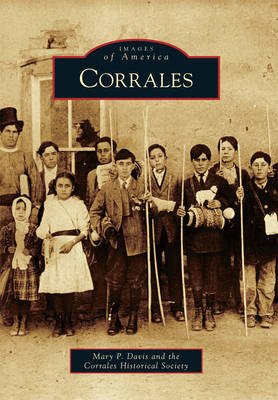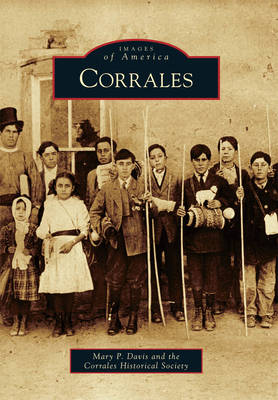
- Afhalen na 1 uur in een winkel met voorraad
- Gratis thuislevering in België vanaf € 30
- Ruim aanbod met 7 miljoen producten
- Afhalen na 1 uur in een winkel met voorraad
- Gratis thuislevering in België vanaf € 30
- Ruim aanbod met 7 miljoen producten
Zoeken
Omschrijving
Nestled in the Rio Grande Valley of New Mexico, Corrales received its name from the corrals used by settlers on the 1710 Alameda land grant. Descendants of the grant holder, Juan Gonzales Bas, and others settled there and weathered frontier hardships and challenges: a small pox epidemic, floods, Native American raids, the loss of an old church and the building of a new one, and the never-ending demands of agricultural survival. Corrales became known for its vineyards and wines after French and Italian farmers put down roots at the end of the 19th century. After World War II, this isolated, bucolic village was discovered by Albuquerque's burgeoning population. Prominent among the newcomers were professionals and artists seeking inexpensive land in a beautiful setting. Corrales then became an artistic and free-thinking community. It remains a verdant, lively, and semirural suburban oasis sandwiched between Albuquerque, New Mexico's largest city, and Rio Rancho, the state's fastest-growing city.
Specificaties
Betrokkenen
- Auteur(s):
- Uitgeverij:
Inhoud
- Aantal bladzijden:
- 128
- Taal:
- Engels
- Reeks:
Eigenschappen
- Productcode (EAN):
- 9780738584539
- Verschijningsdatum:
- 19/04/2010
- Uitvoering:
- Paperback
- Formaat:
- Trade paperback (VS)
- Afmetingen:
- 163 mm x 231 mm
- Gewicht:
- 294 g

Alleen bij Standaard Boekhandel
+ 69 punten op je klantenkaart van Standaard Boekhandel
Beoordelingen
We publiceren alleen reviews die voldoen aan de voorwaarden voor reviews. Bekijk onze voorwaarden voor reviews.








